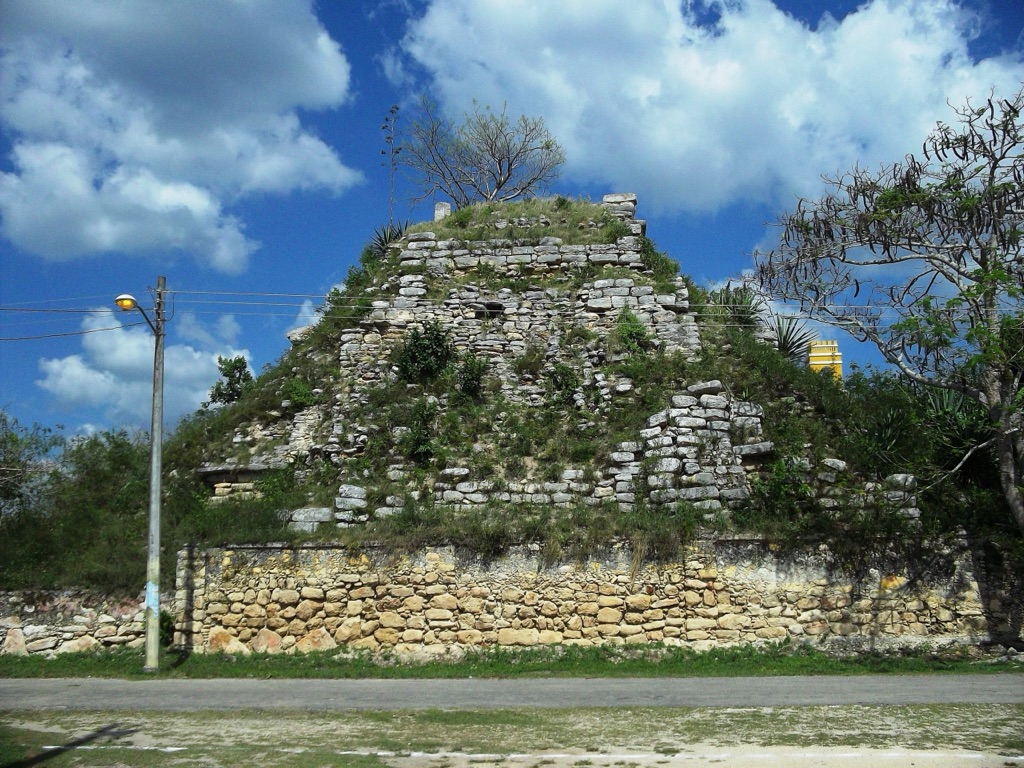Nestled in the heart of the Yucatán Peninsula, the Aké Archaeological Zone offers a unique window into the ancient Mayan civilization, revealing its architectural prowess, intricate social networks, and profound connection with the cosmos. This pre-Hispanic city, whose name translates to “place of vines” in the Yucatecan Mayan language, stands as a testament to the ingenuity and spirit of its people.
Get your dose of History via Email
The Architectural Marvel of Aké
Aké’s architecture is a remarkable blend of styles, prominently featuring the cyclopean or Izamaleño style characterized by large blocks of semi-faced stone. This style, along with structures boasting rounded corners, low-angle stairs crafted from roughly hewn stones, and inverted staircase-type vaults, showcases the architectural diversity and skill of the Mayan people. The presence of Puuc style architecture further enriches the site, indicating a period of architectural expansion during the Late Classic era (800-1000 AD).
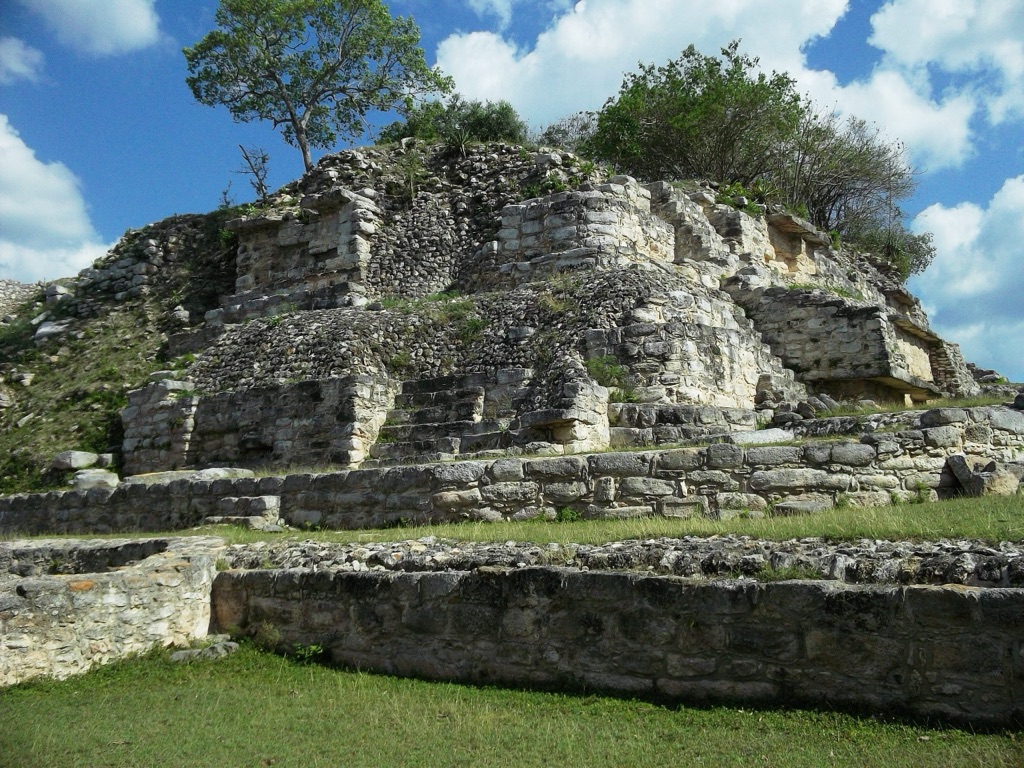
The city’s layout is defined by two concentric walls, delineating the central core and the residential areas, covering approximately 4 km^2. The central core is dominated by a large square, surrounded by imposing structures, including the notable structure of the pilasters to the north, and elongated buildings to the east and west. The south side features a denser concentration of buildings, among which a large limestone stele stands in the central plaza, symbolically connecting the three levels of the cosmos.
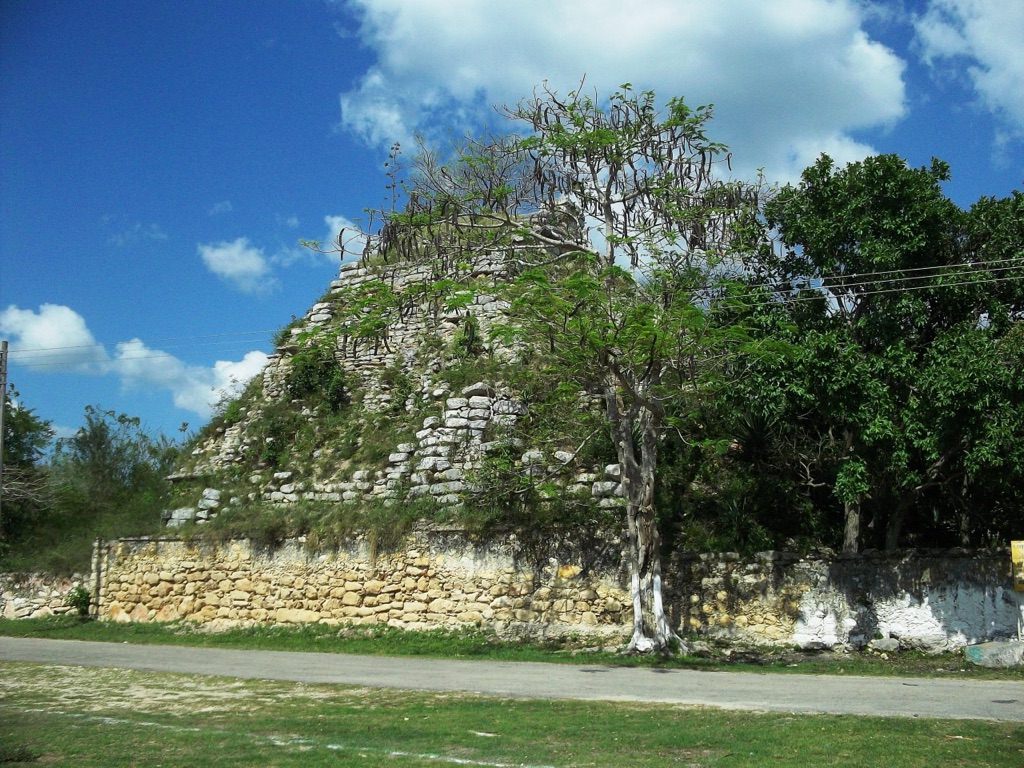
The Sacbeoob: Roads Connecting a Civilization
One of Aké’s most significant features is its system of sacbeoob or white roads, facilitating communication with other Mayan sites in the region. These ancient causeways not only highlight the Mayans’ advanced engineering skills but also their understanding of the importance of trade and cultural exchange. The sacbeoob underscore the interconnectedness of Mayan cities, weaving a network of shared knowledge, resources, and spiritual beliefs across the Yucatán.
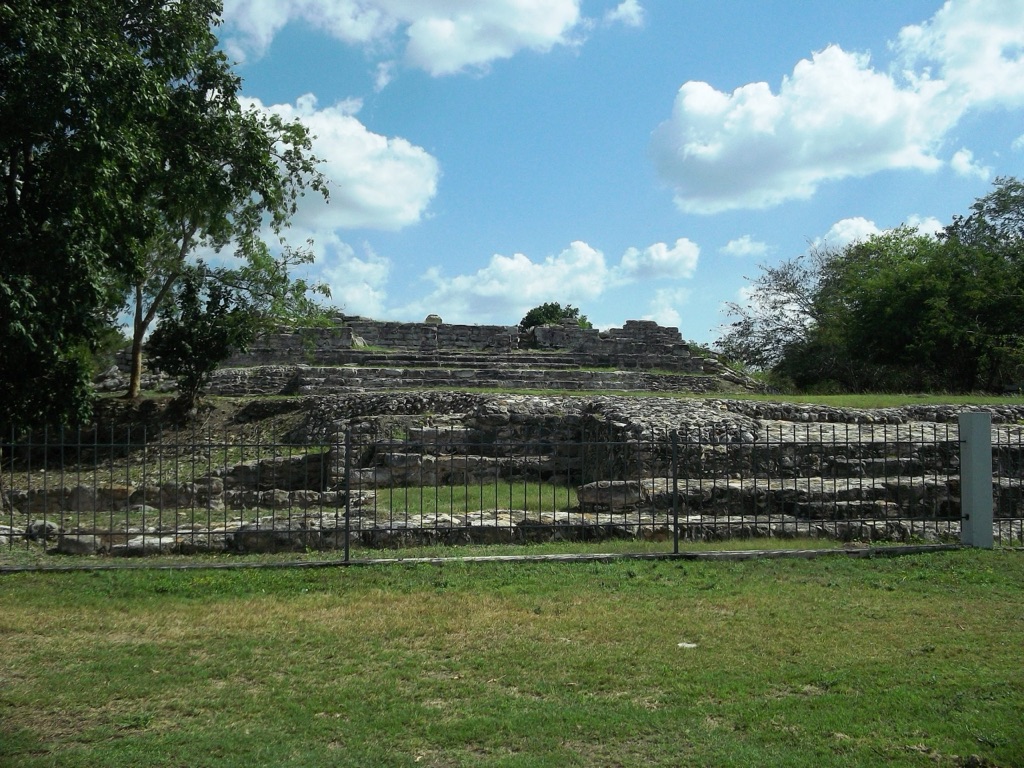
Water and the Sacred
The presence of several cenotes and waterholes in the vicinity of Aké underscores the Mayans’ reverence for and reliance on natural water sources. These sacred wells were not only crucial for the sustenance of the pre-Hispanic population but also held profound spiritual significance, serving as gateways to the underworld and centers for ritualistic ceremonies.
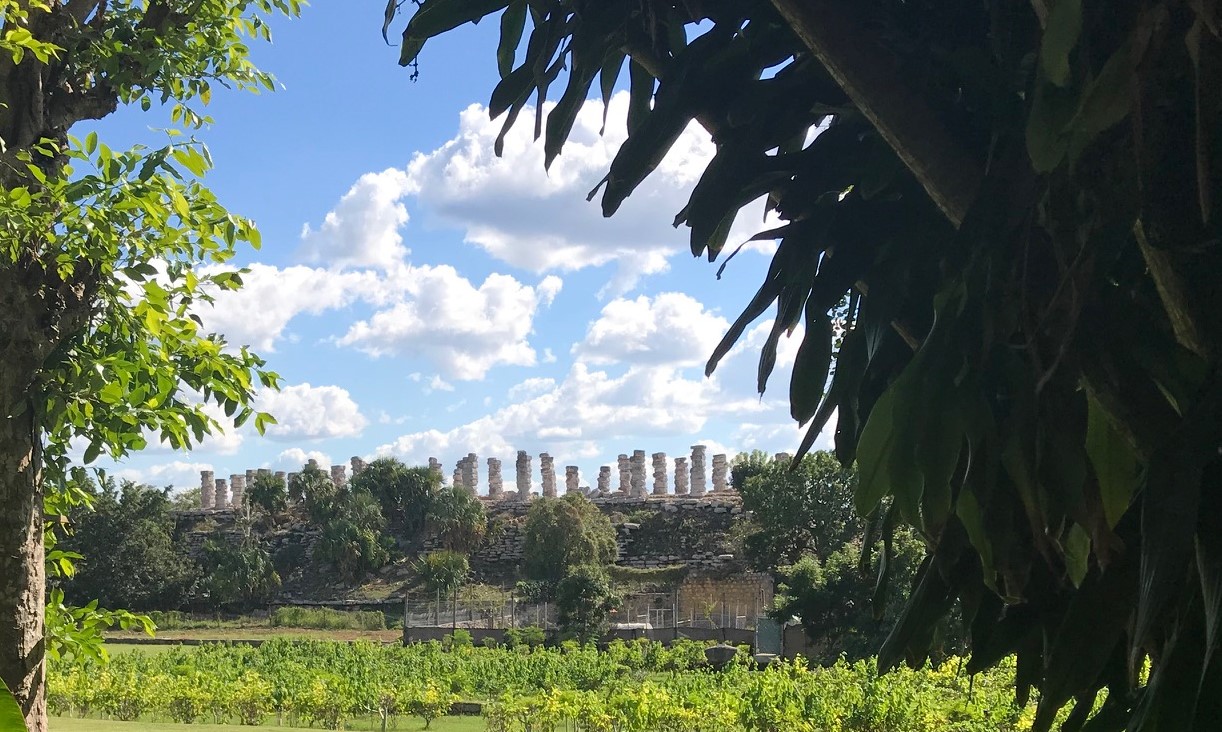
A Legacy Preserved
First described in print by explorers John Lloyd Stephens and Frederick Catherwood in the early 1840s, Aké has captivated the imagination of historians, archaeologists, and visitors alike. Today, the site is enveloped by a 19th-century Hacienda henequenera, blending the ancient with the colonial, and offering a glimpse into the region’s layered history.
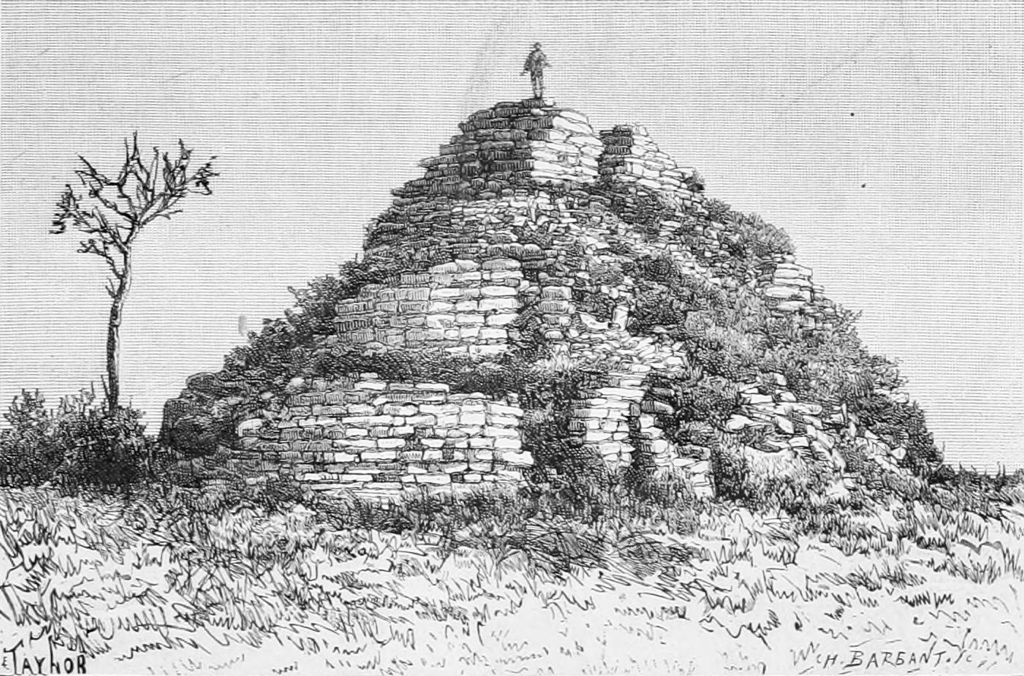
Located 40 km east of Mérida, Yucatán, in the municipality of Tixkokob, Aké continues to be a source of fascination and study, offering insights into the Mayan civilization’s architectural achievements, social structures, and cosmological beliefs. As we explore this ancient city, we are reminded of the enduring legacy of the Mayans and their profound connection to the land, the cosmos, and each other.

